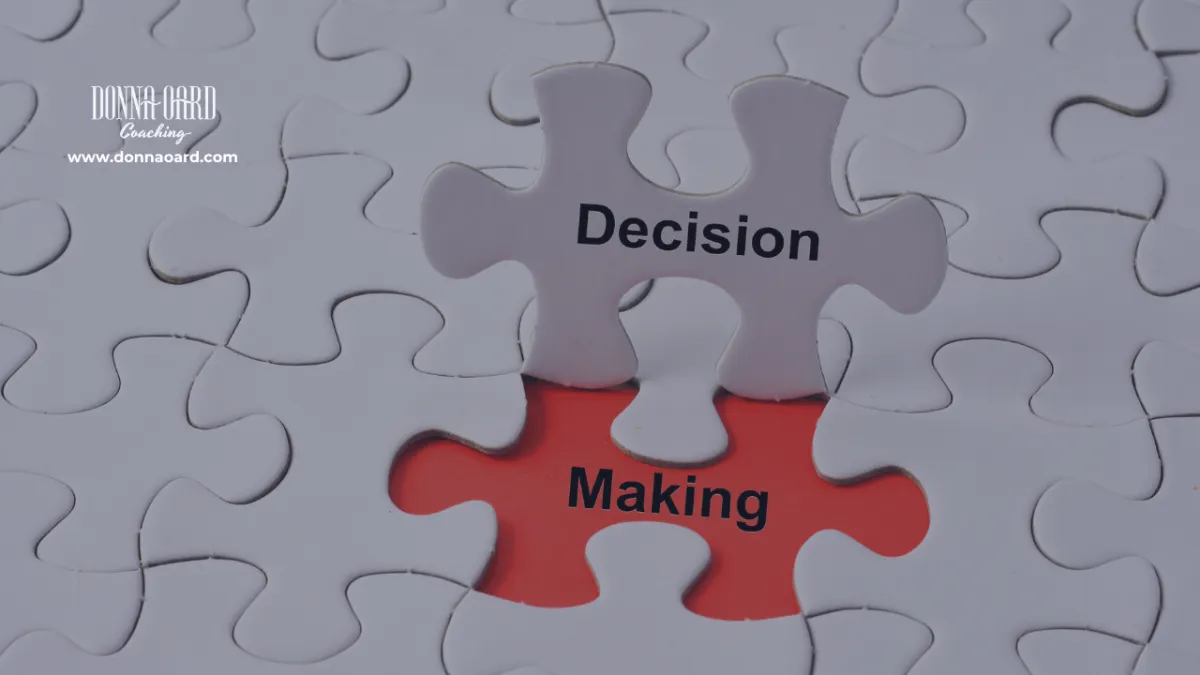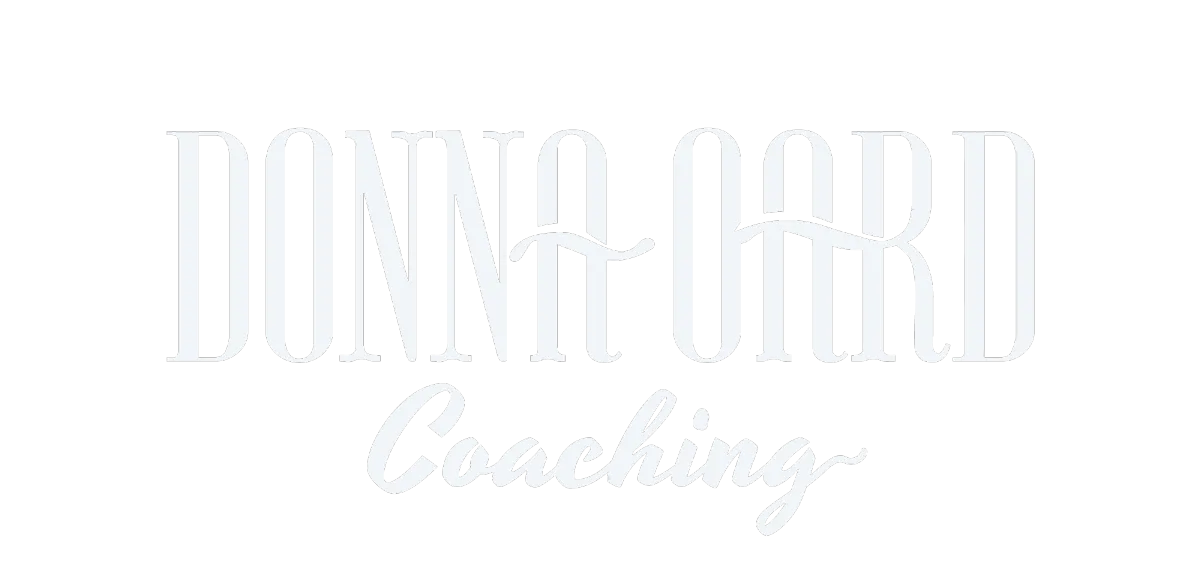
BLOGS
Lead Beyond Limits
A newsletter for high-achieving executives who sense there's more to success, offering insights to lead genuinely and confidently.
Discover tools to excel authentically, not just efficiently.

The High-Stakes Leader’s Toolkit: 3 Decision-Making Frameworks to Stop Overthinking and Start Leading
In high-stakes environments, decision-making is rarely simple. The volume of information, the visibility of outcomes, and the weight of consequences can cause even experienced leaders to pause. And while thoughtful deliberation has its place, many leaders find themselves stuck not because they lack the insight, but because they lack a structure for applying it quickly and confidently.
If this resonates with you, you’re not alone. The higher you rise, the less room there is for hesitation. Teams are waiting. Stakeholders are watching. Delays don’t just cost time, they cost trust. To meet the moment, successful leaders rely on clear, repeatable frameworks. These tools don't replace intuition; they refine it.
Here are three proven frameworks that help reduce noise, increase clarity, and ensure forward momentum:
1. The RAPID Model
Developed by Bain & Company, RAPID is a decision-rights framework that clarifies roles and prevents decision bottlenecks.
Recommend – Who proposes a course of action
Agree – Who must agree before a decision can move forward
Perform – Who is responsible for executing the decision
Input – Who contributes information for consideration
Decide – Who ultimately owns the decision
When to use it: For cross-functional decisions where clarity of ownership is crucial.
Ready for a more strategic way forward? Schedule your confidential strength assessment today and gain personalized insight into your leadership patterns, team dynamics, and pressure points.
2. The Pre-Mortem Technique
Instead of reviewing what went wrong after a failure, a pre-mortem asks you to assume failure has already occurred—and work backward to identify what led there.
What assumptions could be flawed?
Where are the hidden risks?
What external or internal factors could derail success?
When to use it: Before launching a major initiative or high-impact decision, especially when risks are not being openly discussed.
3. The 10/10/10 Rule
Popularized by author Suzy Welch, this method provides emotional and strategic perspective.
Ask yourself:
How will I feel about this decision in 10 minutes? In 10 months? In 10 years?
It creates distance between urgency and importance—and helps you align decisions with long-term goals.
When to use it: When emotion is clouding clarity or when you’re weighing personal/professional trade-offs.
The most respected leaders are not the ones who always have the “right” answer. They’re the ones who know how to move forward with clarity, accountability, and intention, even when the path is uncertain. If you’re navigating rapid change, managing growing responsibilities, or stepping into a more visible role—structured decision-making may be the leadership skill that shifts everything.
Streamline Your Meetings: 4-Point Executive Checklist
Get instant access to a free checklist designed to help leaders master productive meetings—plus join our 5-day FREE masterclass for deeper insights and strategies!


